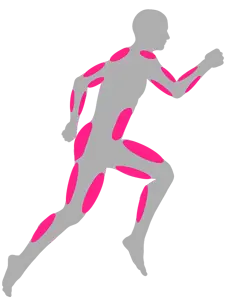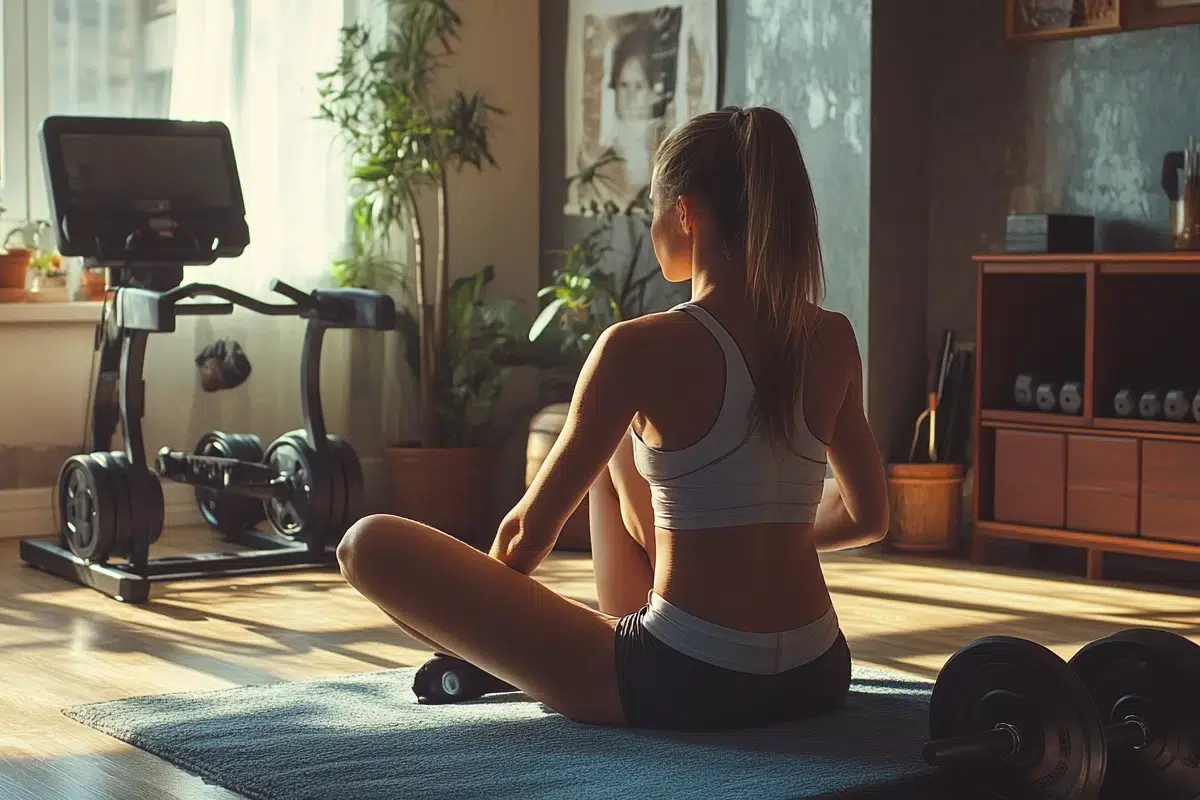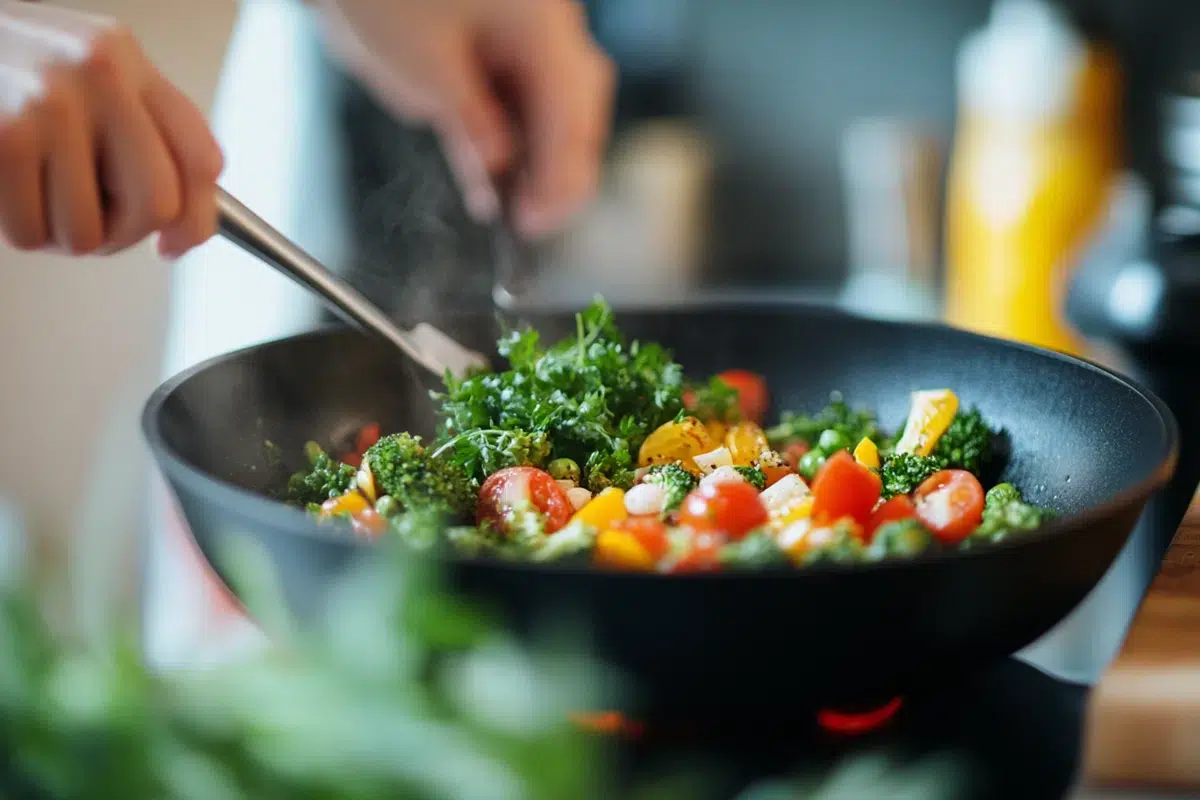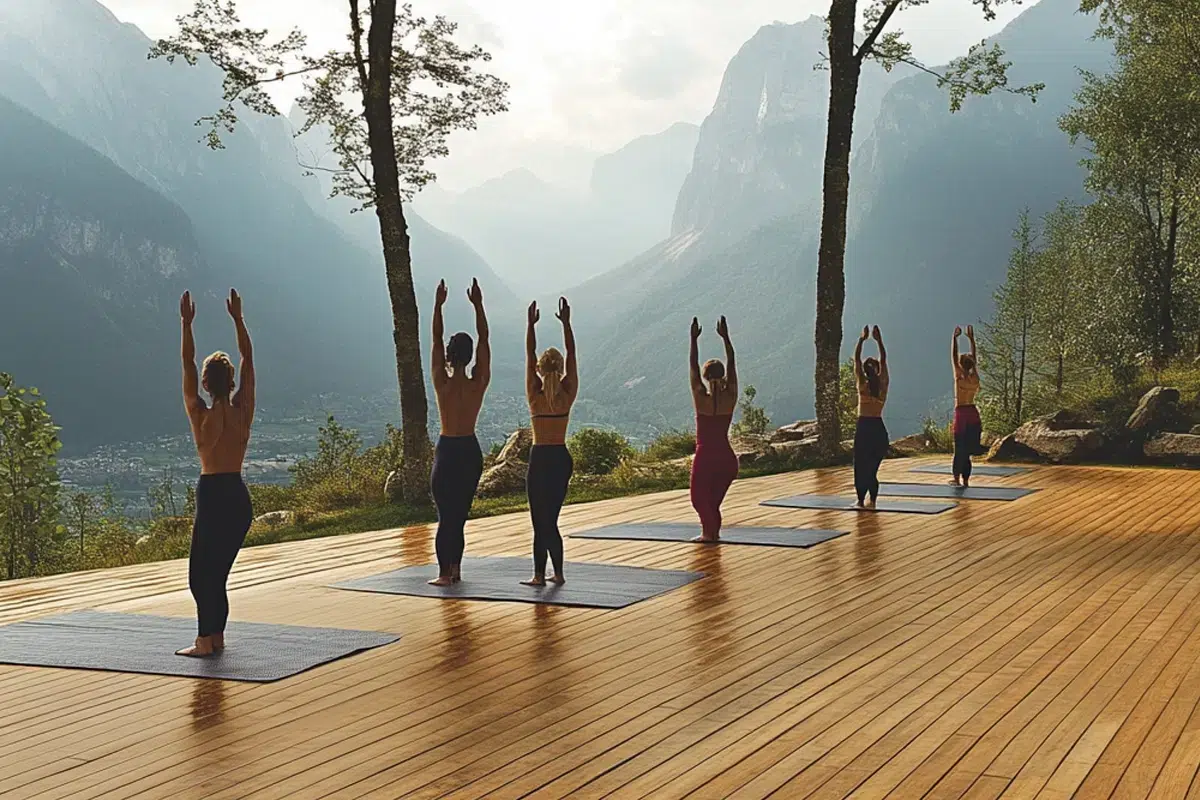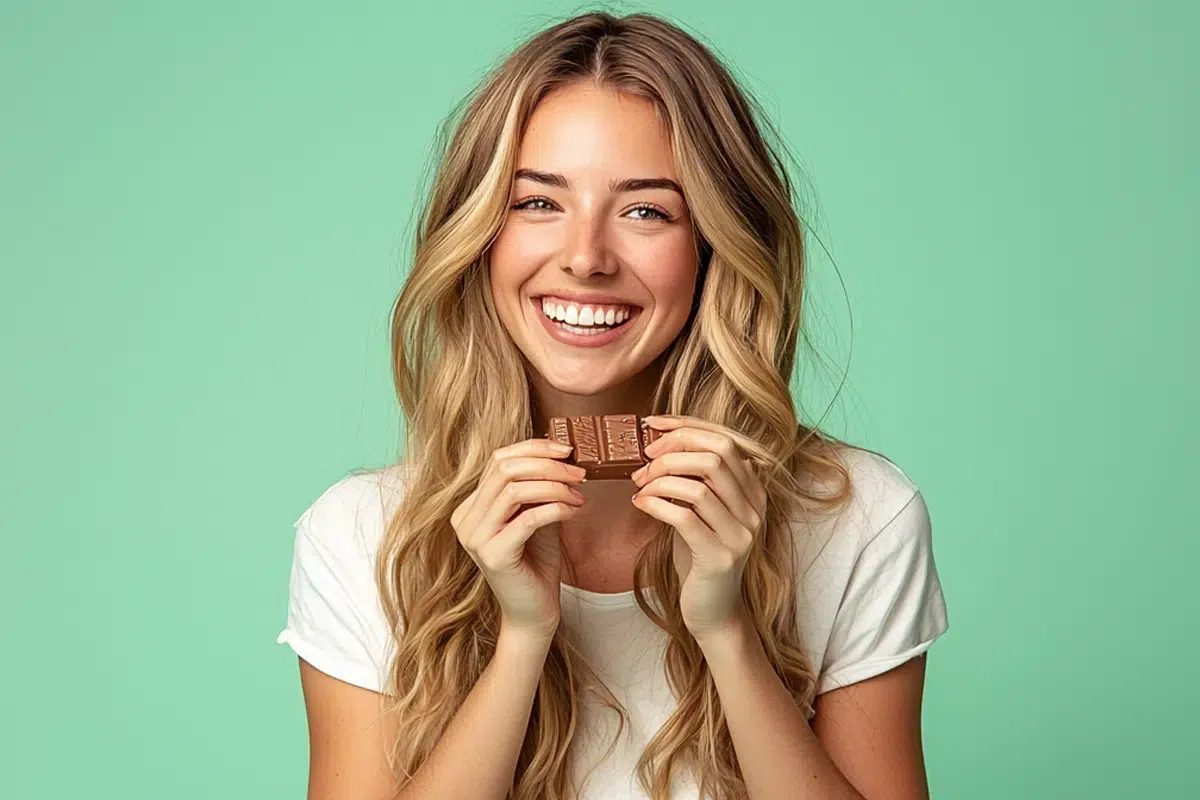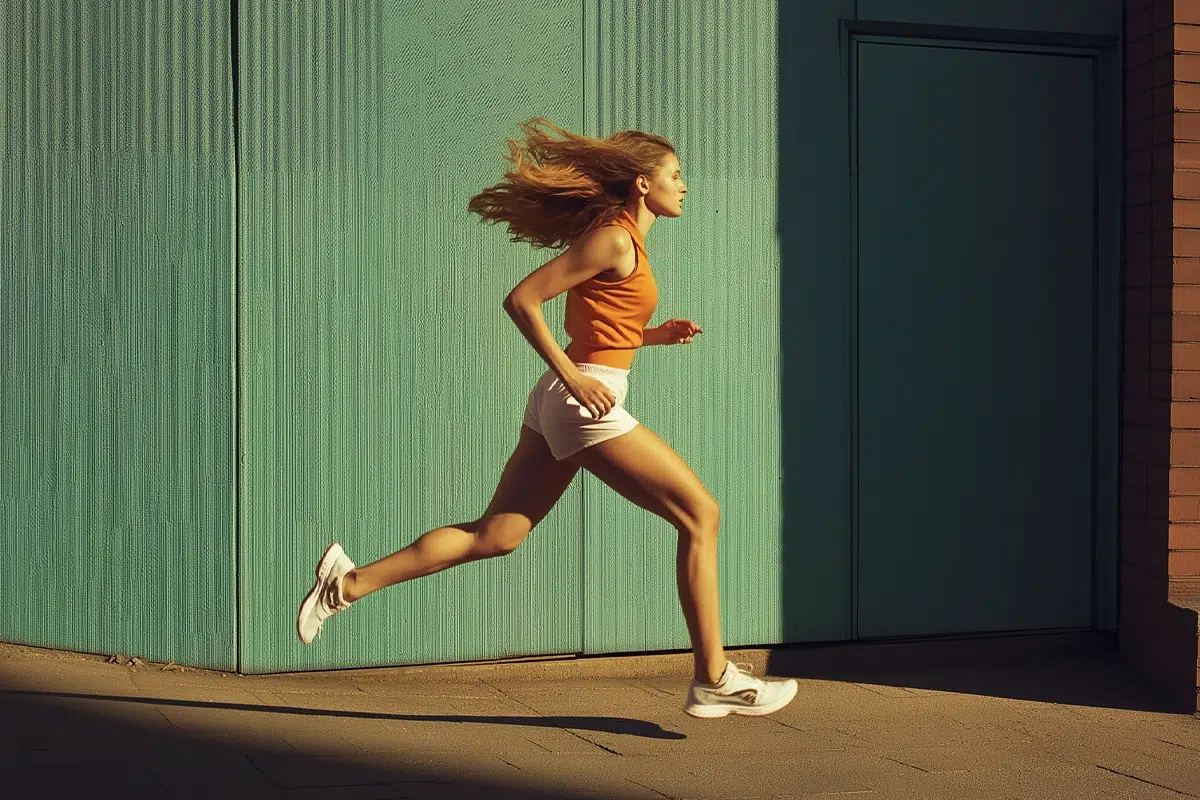Show summary Hide summary
Which muscle group are we activating when dancing?
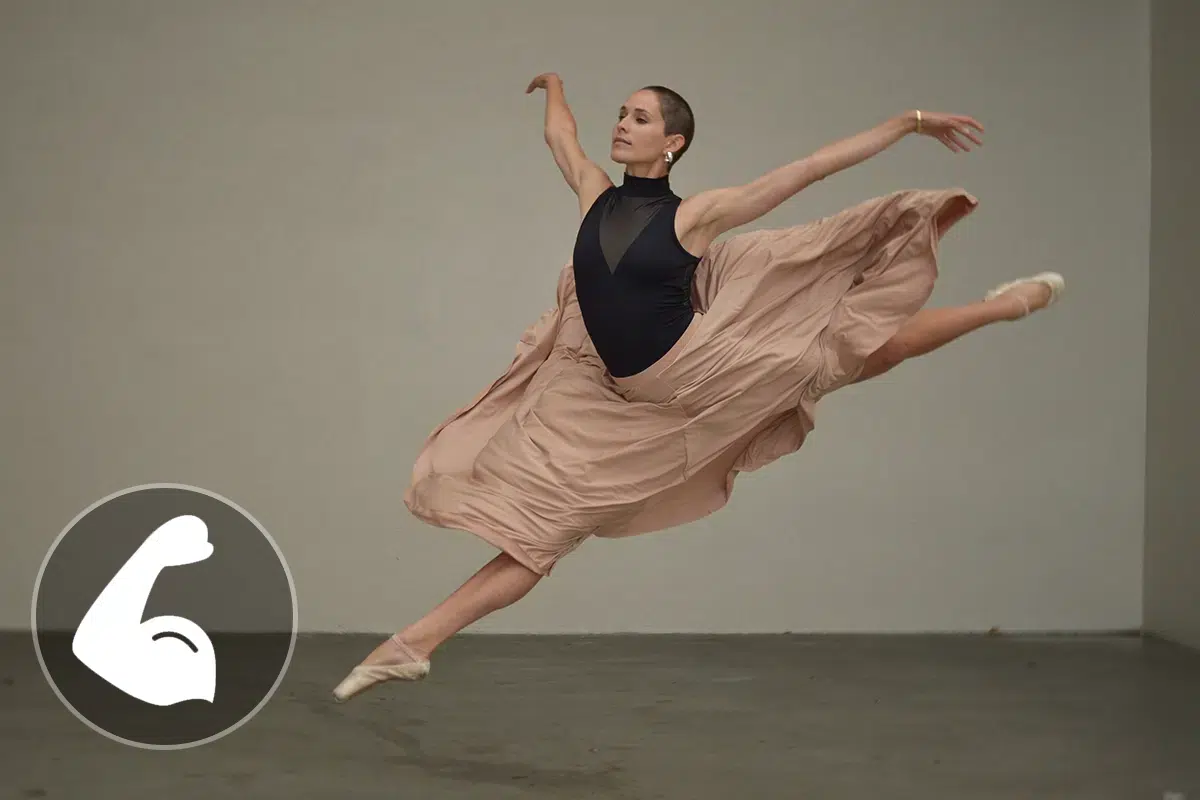
All you need to know about dancing
What muscles are been trained when dancing? What parts of the body are we using and toning while dancing? Use the tool below to see the list of all the body parts that are trained while dancing!
Dancing for fitness and strength training
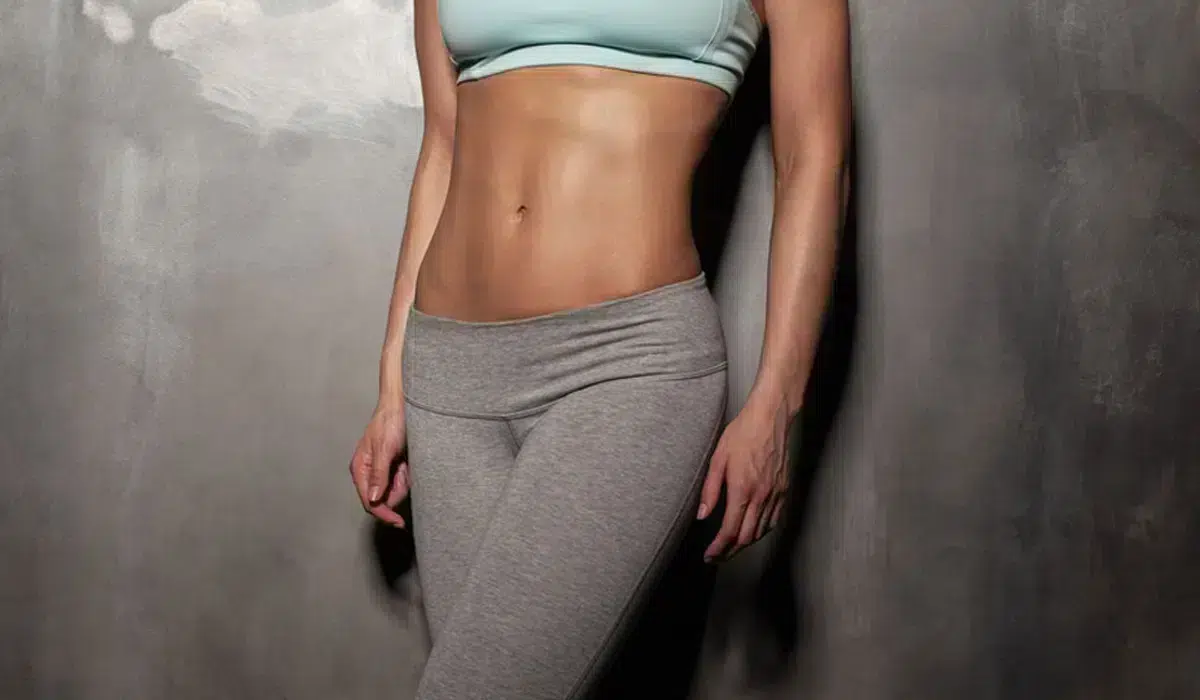
What muscles are we training when dancing?
Depending on the sport you do, certain areas of the body will be worked harder than others, but what about when you dance? Will you tone and refine your figure by dancing? Below is a list of the muscles and muscle groups strengthened and sculpted by dance!
Upper limbs (shoulders, arms and forearms)
Generally speaking, dance does very little to strengthen the upper body.
Trunk and pelvis (Chest, stomach and back)
- Abdominals: These are made up of several layers of muscle(rectus abdominis, external oblique, internal oblique, transverse) whose function is to flex and rotate the trunk.
Lower limbs (buttocks, thighs and calves)
- Buttocks: Located at the intersection of the lower limbs and the trunk, the gluteal muscles (gluteus maximus, gluteus medius and gluteus minimus) are among the largest and most powerful muscles in the body. In particular, they provide mobility for the thigh and support for the pelvis.
- The quadriceps: These are located at the front of the thigh. The quadriceps are each made up of 4 muscles (the vastus femoris or rectus femoris, the vastus lateralis, the vastus medialis and the vastus intermedius). These muscles facilitate flexion of the thigh on the hip and extension of the leg on the thigh.
- The hamstring muscles: Located on the back of the thigh, there are four of these muscles (biceps femoris, semitendinosus and semitendinosus). They ensure flexion of the leg and extension of the thigh.
- Calf muscles: Also known as the sural triceps, the calf muscles are made up of 3 muscle groups, including the soleus and the gastrocnemius. These muscles help the foot to extend down the leg
Dance covers a number of different disciplines, each of which works several muscles or muscle groups. What they all have in common is that they simultaneously train the body and the mind. Flexions, extensions, steps, movements – dance essentially strengthens the lower limbs (buttocks, thighs, calves). Postural maintenance and pelvic stabilisation and rotation help to tone the abdominal muscles.
All you need to know about dancing
What muscles are used in different sports?
All sports in detail!




